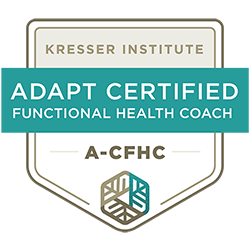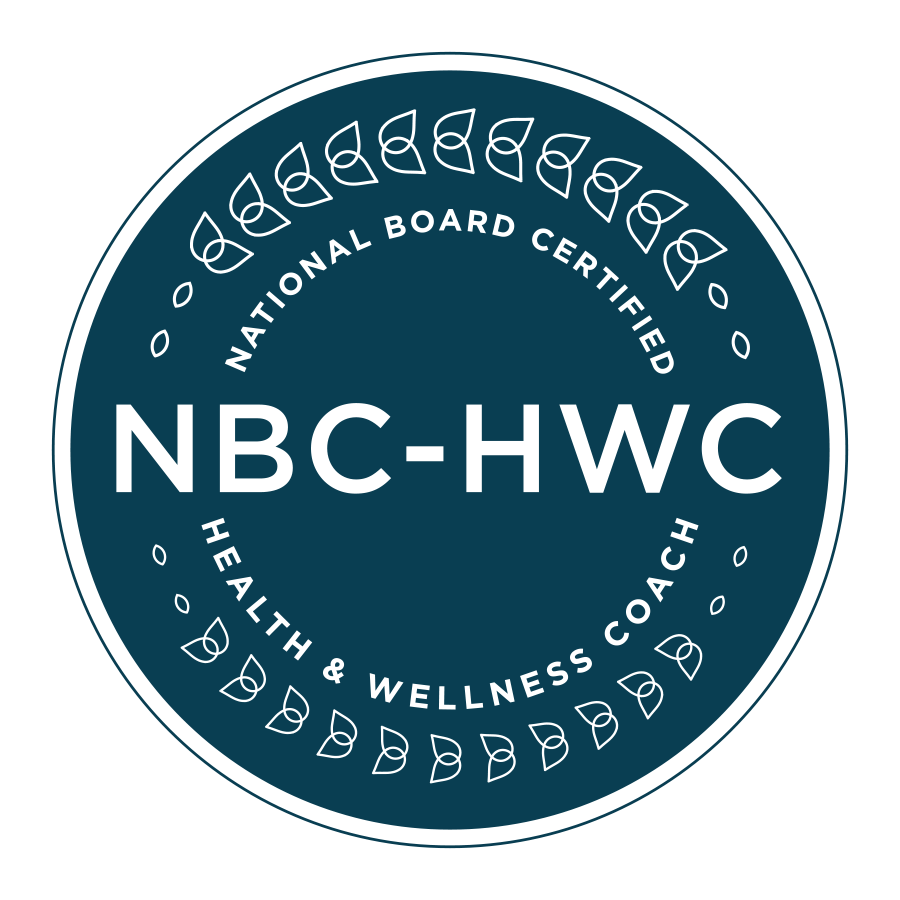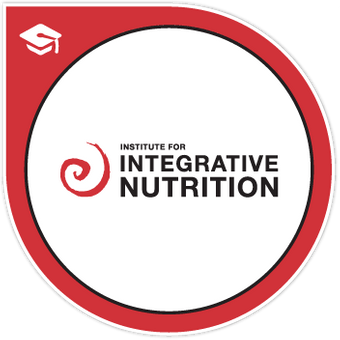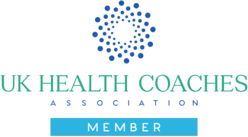This is Part 3 of my Blueprint Series: Fly well and perform at your best!, where I share with you my top tips that I use after a work flight to ensure I’ve arrived refreshed and perform at my best.
In Part 1 and Part 2, I shared with you my tips for before you get on your flight, and whilst you’re on the plane.
Let’s dive in!
Page contents
- 1. Go outdoors for a walk in the morning
- 2. Bathe your ears in light
- 3. Create a totally dark room for sleep
- 4. Keep snacks in your day bag at all times
- 5. Combat daytime sleepiness
- 6. Move and be wise with exercise!
- 7. Stick to paleo-template foods as much as possible
1. Go outdoors for a walk in the morning
One of the best things you can do to kick start your circadian rhythm is to go outdoors for a walk first thing in the morning of your new time zone.
The sunlight that shines onto your retina and your skin tells your body that it’s daytime.
Not only will it help you adjust to your new time zone. You’ll also get a boost of vitamin D, even if the sky is overcast.
2. Bathe your ears in light
It sounds strange, but the concept is similar to using a blue light device to combat Seasonal Affective Disorder. [1]
In addition to walking outside first thing in the morning sunlight, I jump-start my circadian rhythm by giving myself a dose of light inside my ear canals.
Now you’re thinking I must be weird.
Even so, I encourage you to experiment, and see how it works for you!
What I use: I use the HumanCharger ear buds to get my dose of light delivered into my ear canals to help adjust to my new time zones, and minimise my sleepiness during the day. [2]
3. Create a totally dark room for sleep
Although you want to expose yourself to daylight (or the Human Charger) during daylight hours, ensure you make the room you’re sleeping in pitch black – or as dark as possible – so you create the conditions for quality sleep.
Doing this will help reset your circadian rhythm to your new time zone, and will help you quickly perform your best after your flight.
Your eyes and skin are sensitive to light coming in through the windows. If you have a choice, go for a room that has blackout curtains or blinds.
Is your room completely dark when you switch off the lights?
You see your eyes and skin will still be sensitive to light emitted from items dotted around your room, like alarm clocks and standby buttons on devices.
More likely than not, your room will not be completely dark when you switch off the room lights. If so, cover those LEDs, TV standby lights, the alarm clock display or anything else that might become bright and disrupt your sleep.
If you have to get up in the middle of the night for a loo break, put on your blue light blocking glasses (which I mentioned in Part 1 of this Blueprint Series) before your turn on the lights.
When all else fails and there’s still light trickling into your room, sleep wearing your eye mask. Part 1 of this Blueprint Series has my top recommendations for eye masks.
4. Keep snacks in your day bag at all times
To maintain my energy, and avoid snacking on tasty, but poor-quality, un-nourishing foods, I keep my stash of nuts with me.
I’ll also snaffle two or three boiled eggs from the hotel breakfast. If I’m peckish, I’ll tuck into one or two of those.
Warning! You might get some strange looks from your colleagues, particularly if your hotel eggs are whiffy! When you get back home, you can try this recipe to make boiled eggs that won’t send everyone around you running away!
I often get strange looks when I arrive at the office or am at a meeting and start tucking into some nuts or eggs, no matter how discretely I try to eat them.
But if you’re bold, and snack wisely, your mind and body will reap the benefits!
TOP TIP!
Keeping snacks in my day bag is one of my most crucial tips I use to maintain energy levels, and to plug those hunger pangs I get as my body is telling me it’s time to eat in my original time zone.
5. Combat daytime sleepiness
If I have severe jet lag – you know those occasions when you cannot open your eyes in a meeting? – I stand up, or have a walk inside (good) or outside (best).
If I’m still sleepy, I’ll close my eyes in a dark room (or with my blue blocking glasses on – take a look at Part 1 of this Blueprint Series for my recommendations) for 20 to 40 minutes. Even if you don’t feel that I’ve fallen asleep, taking time to pause and rest will refresh you.
I don’t close my eyes for more than 40 minutes, as beyond that point, you tend to go into deep sleep and doing that can upset your sleep when you want to fall asleep at night.
6. Move and be wise with exercise!
You’ve got off a long flight, you’re feeling tired, and your body clock is out of sync with the time zone you’re in.
If you’re thinking of doing some exercise, listen to your body and let it guide you on your training intensity.
What do I do to keep performing at my best for work after a long haul flight?
I prioritise standing up frequently, walking, and other low intensity movement.
But, if I’m away for a few days, I’ll kick start my first morning with a HIIT session.
Hotel room burpees: 20 seconds “on”, 10 seconds rest. Repeat 8 times. Here’s an app that times those intervals for you. [3]
HIIT bicycle: if there’s a gym, I’ll use the bike to do a 2 minute warm up. Then crank up the resistance so the effort is hard, cycle for 20 seconds, then warm down for 2 minutes (cycling with no/minimal resistance, but keeping my legs moving). I repeat 3 to 5 times depending on how I’m feeling.
What I love about this routine is that it takes virtually no time at all, which is ideal when the schedule of work trips often leaves little time for self-care.
A word of warning! If you’re going to try something, do consult with your healthcare practitioner first!
7. Stick to paleo-template foods as much as possible
Food tells me about the cultural aspects of my destination. I love food, and whenever I travel abroad, I love trying the local dishes.
Yet I know that in order to keep my energy levels boosted, my blood sugar regulated, my circadian rhythm and stress levels in balance, and my gut health in order, I’m best off sticking to my usual paleo-template approach to food.
That said, eating out – even eating in the hotel – can mean I’m deviating from that foundation.
I want to perform at my best after I get off a long haul work flight, so what do I do?
I’ll deviate from what I normally eat when I’m travelling so I can enjoy some of the local dishes, but still stick to some key principles to keep my work trip on track.
Eat real food with ingredients cooked from scratch, and avoid food-like products that come in a packet or bag.
Avoid sauces – they often contain the hidden sugars, gluten, and fillers.
Avoid the bread basket (unless I’m in France and the croissants are unmissable!).
Focus on having starchy carbohydrates – like white rice, sweet potatoes, and root vegetables in the evening, rather than during the day.
And if I’m not enjoying the local dishes, for me, my ideal meal when travelling is a palm-sized piece of protein, like a steak, eggs, fish or seafood, a large salad drizzled with olive oil, some avocado, and (if it’s the evening) some rice, sweet potato, butternut squash (or if I’m somewhere more exotic, some yuca or plantain).
Oh, and a glass of red wine.
Over to you!
Now it’s your turn to curate your own tips after your flight, so you too can arrive refreshed and perform at your best!
Don’t be afraid to experiment, and try things out.
Reflect on what you do try, and adjust your approach to find your own balance when you fly.
So, if you have a flight coming up, what will your post-flight checklist look like, and what post-flight tips will it contain for to help you arrive and perform at your best?
And how do you plan to implement it?
Happy experimenting!
Be wise, be healthy and be well!
Eric




